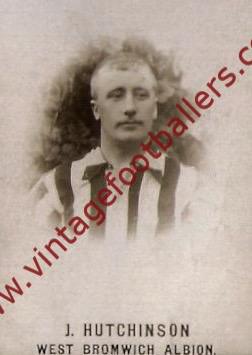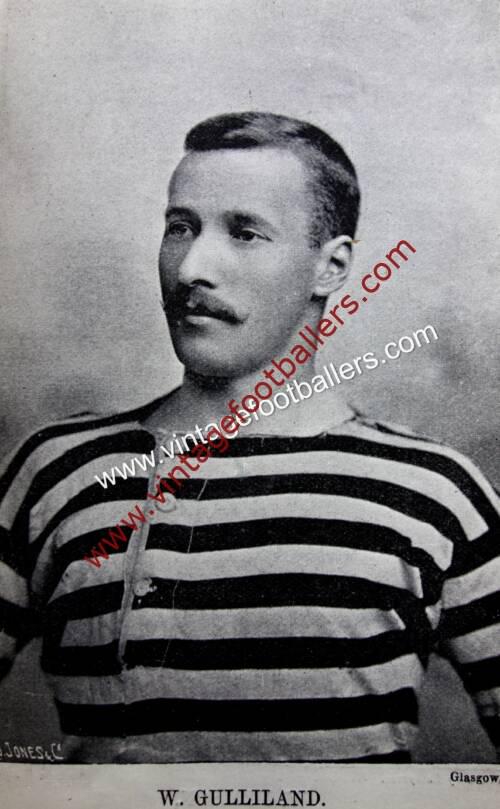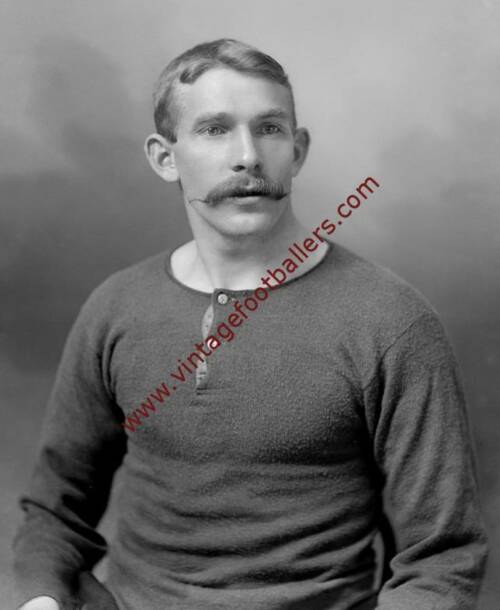Please choose your photo size from the drop down menu below.
If you wish your photo to be framed please select Yes.
Note: 16″x 20″not available in a frame.
Images can also be added to accessories. To order please follow these links
£8.95 – £49.95
In stock
Please choose your photo size from the drop down menu below.
If you wish your photo to be framed please select Yes.
Note: 16″x 20″not available in a frame.
Images can also be added to accessories. To order please follow these links
Renton, Dunbartonshire born centre half James Kelly began his football career as a forward with Renton and was part of their teams that won The Scottish Cup in both 1885 and 1888. In the 1885 Final they beat Vale of Leven in a replay at Hampden Park, and in 1888 they beat Cambuslang 6-1 in the Final. Renton also became unofficial “World Champions” after challenging and defeating FA Cup holders West Bromwich Albion in a Challenge Match. They had also beaten Preston North End the same year.
He first played for Scotland in a defeat by England at Hampden Park in May 1888, and won 8 caps, being Scotland’s captain on several occasions, until his final appearance in a 3-3 draw with Ireland at The Solitude, Belfast in March 1896, scoring once for his country in a 6-1 win over Ireland at Celtic Park in March 1893. He also played 7 times for The Scottish League between April 1893 and January 1897.
Soon after the 1888 Final he signed for Glasgow Celtic, at the time a fledgling club, and he became the first ever captain of Celtic, making his debut the same month in a match with a Rangers XI in the club’s first ever game, scoring in a 5-1 victory. This was a massive coup for The Bhoys as James Kelly was one of the best known and highly regarded players of his era. Kelly was in the Celtic team which claimed the Scottish Cup for the first time in 1892 and the Scottish League Championship in 1893. He continued to play his part in Celtic’s further League titles in 1893-94 and 1895-96. He retired having made 139 Scottish League & Cup appearances for Celtic, scoring 11 goals, but more importantly having helped establish Celtic on the field of play.
Such was his standing that immediately after his retirement he became a director of the club in 1897, and he was Chairman of the club from 1909 until 1914, before stepping down but retaining a place as a director on the board, remaining so until his death in February 1932. His family would have a major control in the running of the club for most of the following century.
| Weight | N/A |
|---|



